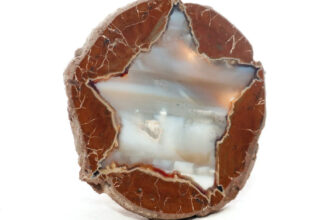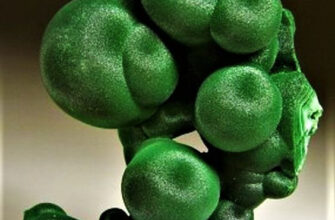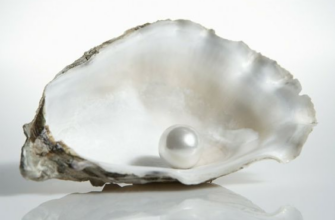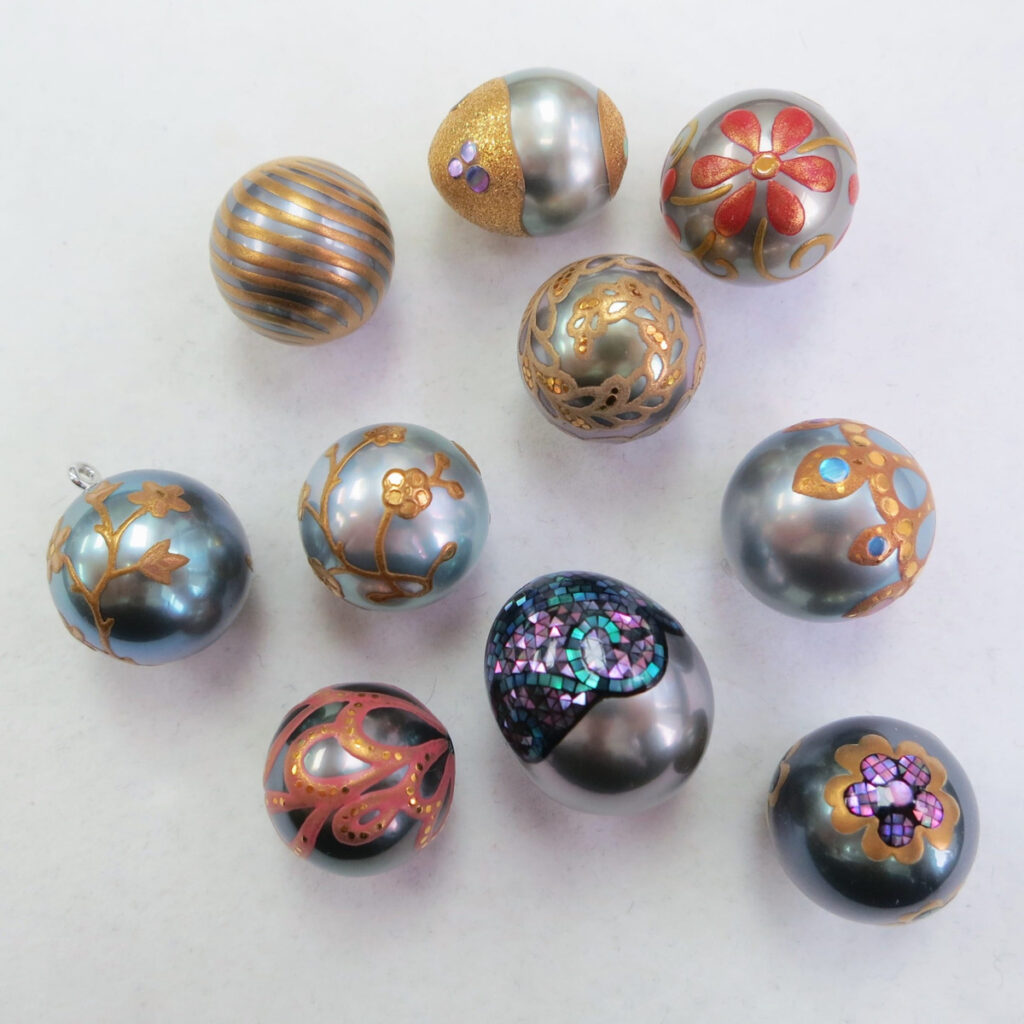Among the modified rocks, the Gneiss rock is well known and widespread. It is a granite-like stone with light-colored streaks and lenses alternating with layers or dark-colored streaks. The name of the breed comes from the German "Gneis" (a miner's term of unknown origin). It covers a large area of land, forming entire mountain ranges.
History and origin
The origin of gneiss, as before, is a mystery and the subject of heated discussions. The available hypotheses are based on the following few assumptions.
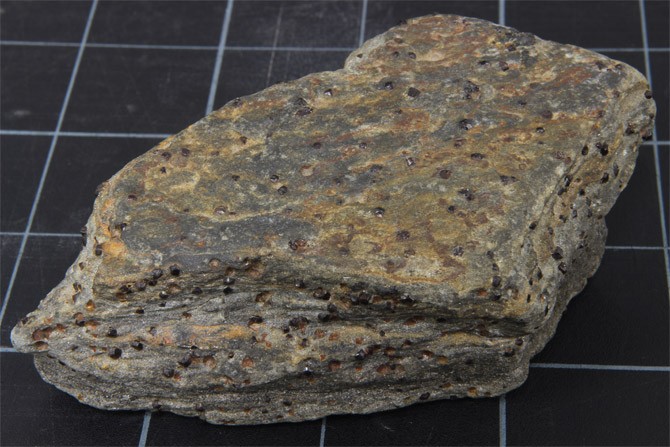
Some experts consider gneisses to be the remains of the outer solid shell of the Earth (the upper part of the lithosphere), which was formed during its transition from a fiery-liquid state to a solid mass. According to other experts, this rock, the result of an eruption, subsequently changed and acquired layering as a result of the manifestation of rock pressure, the pressure of gases and liquids contained in the rocks, and atmospheric pressure.
There is also a version that gneisses are a chemical sediment of the ancient ocean, which turned into a crystalline state due to the water temperature and under the influence of atmospheric pressure of that time.
Many consider them to be sedimentary rocks that have changed for thousands of years under the influence of earth's temperature, pressure and mineral waters. Or sedimentary rocks that crystallized immediately after deposition and remain in this state today.
Thus, there are three types of gneisses according to the method of their formation:
- magmatic;
- sedimentary;
- metamorphic.
Metamorphic gneisses (formed from igneous and sedimentary rocks in the process of changing their physical and chemical properties).
All gneisses are very ancient. Gray gneisses, which are the oldest, are four billion years old, which practically corresponds to the age of our planet.
The most active period of gneiss formation occurred 2,5-2,0 billion years ago. More ancient are gray gneisses. Complexes of this rock are known on all major platforms. The oldest of the gray gneisses identified by the complex are the Acasta gneisses, which come to the surface in the Slave province in the west of the Canadian Shield.
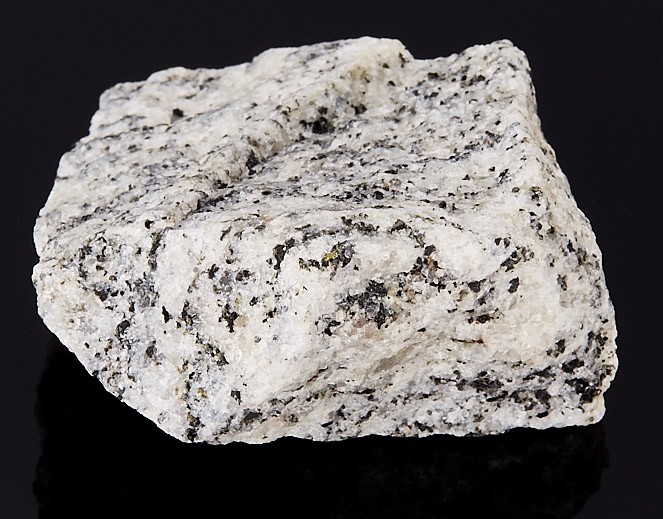
The most ancient rock on the planet, according to scientists, are the gray gneisses of the Acasta region, from which the base of the Slave eocraton of the Canadian Shield is formed. They are 4 billion years old.
REFERENCE! Some gneisses are younger - they were formed in the Cenozoic period due to high-temperature metamorphism.
Mining
Gneiss is not as widespread as marble. Large formations of this rock are known in Scandinavia and Canada. Russian well-known deposits are located in Karelia, Murmansk and Leningrad regions. Large deposits are known in Ukraine.
The development of gneiss deposits is carried out in quarries.
The mining industry receives raw, crushed or piece.
The method of separation from the massif depends on the physical and mechanical properties of the rock, the conditions of its occurrence and the type of product to be obtained.
The extraction of gneisses, like any other rocks, is carried out in three main stages:
- First, exploration work is carried out.
- Then the reserves of raw materials in the field are determined, a production project is developed and a feasibility study is given. For these purposes, rock samples are taken, tested, and their physical and mechanical properties are determined.
- Overburden work at the deposit.
- Then the quarry is organized, the process of mining the rock itself is carried out by ledges. The rock is separated from the massif.
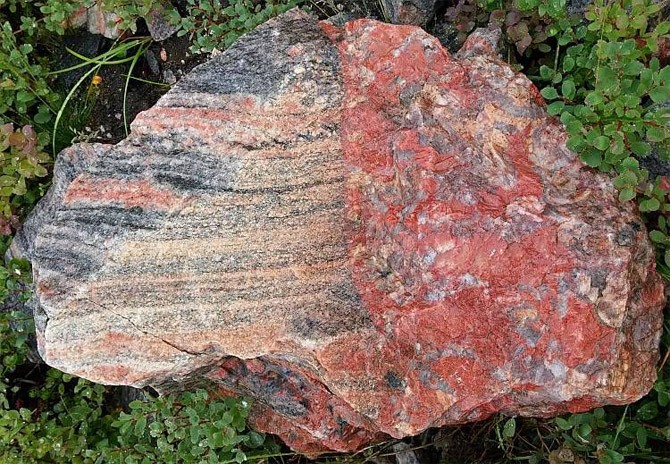
Physicochemical characteristics
| Property | Description |
|---|---|
| Density | 2,65 - 2,87 g/cm³ |
| Porosity | 0,5 - 3,0% |
| Compressive strength | 120 - 300 MPa |
| Texture | Striped or slate |
| Structure | Granoblastic or porphyroblastic |
| Color | Gray, grayish white, brown, brown, red |
Chemical composition:
- SiO2 68-72%,
- Al2O3 15-18%,
- Na2O 3-6%,
- Fe3O4 1-5%,
- CaO 1,5-4%,
- MgO up to 1,5%.
Stone types
According to the nature of the rocks that form gneiss, there are:
- Orthogneisses.
- Paragneiss.
Ortogneisses are obtained as a result of the transformation of igneous rocks. Paragneisses are a consequence of metamorphic changes that occur with sedimentary rocks.
According to the mineral composition, gneisses are distinguished:
- Plagiogneisses.
- Biotite.
- Muscovite.
- Two people.
- Pyroxene.
- Scapolite-containing.
- Anorthite.
- Corundum-containing.
- Graphitoid.
- Amphibole.
- Alkaline.
Taking into account the structural composition and texture, gneisses are:
- Tree-like.
- Spectacles.
- Tape.
- Leafy.
- Noritic.
- Nepheline.
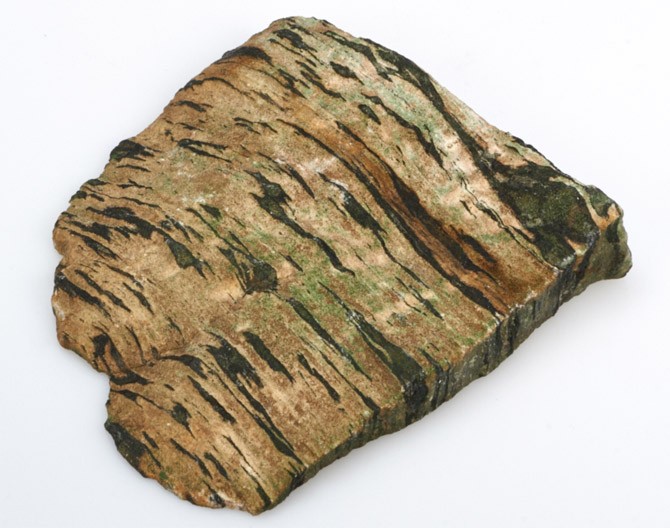
The criteria for distinguishing varieties of gneiss are the mineral and chemical composition, as well as the structure and texture of the rock. For example, all igneous rocks in which nepheline plays a significant role are classified as nepheline varieties.
Scope of the mineral
Schistosity reduces the building properties of metamorphic rocks, in particular, frost resistance and strength in a direction parallel to schistosity. Thus, gneisses are inferior in strength and outwardly to granite, but they are distinguished by a greater density compared to the sedimentary rocks from which they were formed.
The interest of builders in this breed is understandable. Gneiss does not usually cleave along planes of weakness like most other metamorphic rocks. This allows the use of crushed stone from this stone in the construction of roads, sites and landscape projects.
This breed is widely used in the production of building stone (crushed stone and rubble). Gneisses are used for the construction of various objects: buildings, temples, parks, sidewalks, courtyard slabs, pavement. Gneiss, having a high density and beautiful structure (gneiss-granites), is used to decorate buildings and structures: facing walls, columns, stairs, floors and fireplaces.
For laying foundations, facing embankments, canals, sidewalks, like rubble stone, gneiss is used more often, since it is easier to extract it by splitting it in layers. Some gneisses are durable enough to work well as dimension stones. These stones are sawn or cut into blocks and slabs for use in various building, paving and curbing projects.
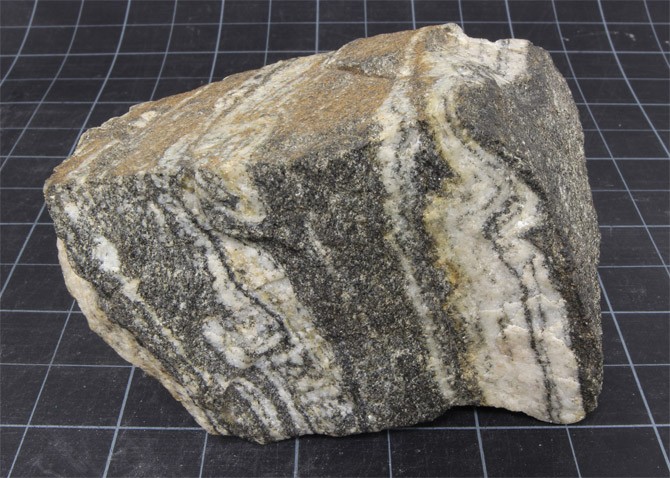
Some gneisses have a bright sheen and are attractive enough to be used as architectural stone. Beautiful floor tiles, facing stone, steps, window sills, countertops and graveyard monuments are often made from polished gneiss.
The more gneiss rocks are similar to the texture of granite, the greater their value. Banded and banded gneisses are considered the worst representatives of this breed.

In an industry such as “trade”, any rock with visible, intertwined feldspar grains is considered “granite”. The sight of gneiss and other rocks sold as "granite" worries many geologists. However, this long-standing practice of trading dimension stones simplifies discussions with customers, as not everyone knows the technical names of unusual igneous and metamorphic rocks.
Interesting about the stone
Gneisses are among the oldest rocks on our planet. By analyzing the zircons they contain, it is possible to determine the date of the formation of the Earth. To date, the oldest zircon is considered to be found in the Jack Hill gneiss in Australia. According to scientists, he is 4,4 billion years old.
In the science of "Mineralogy" various definitions of the term "gneiss" are used. In fact, this stone is a modified granite. In addition, sometimes they cannot be distinguished from each other. Gneiss, being externally similar in weight and strength to granite, is less expensive, which is what architects and builders use.

